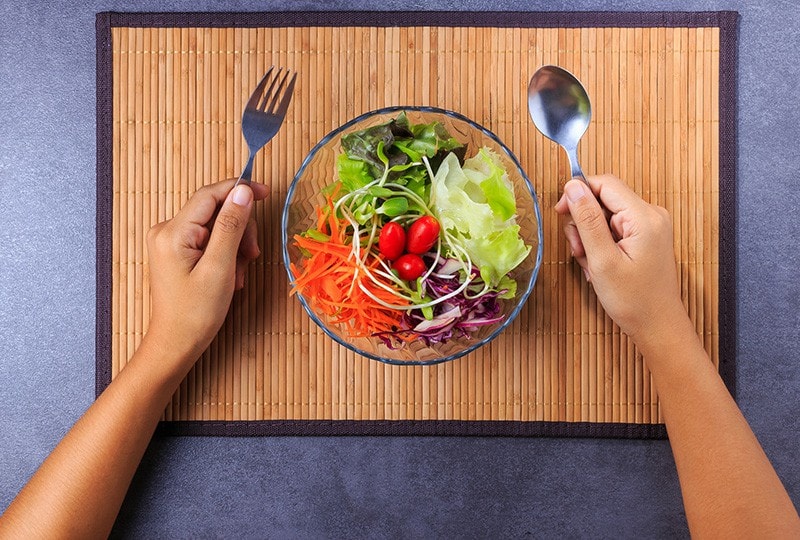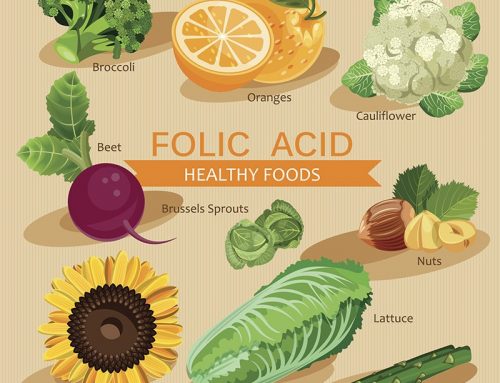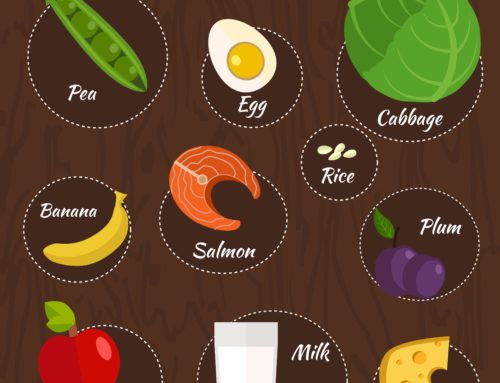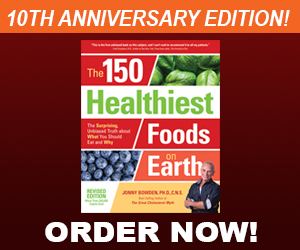Despite the best efforts of the food industry to make us think our food just magically somehow appears in the supermarket aisle, our food actually comes from somewhere.
And where it comes from—where and how it grows in the case of plants, what it eats and how it was raised in the case of animals—has a lot to do with its quality.
So let’s start with a basic premise: The quality of the food we eat comes from the quality of the food our food eats.
This even applies when we’re talking about fruits and vegetables. Early studies showed that carrots grown in one part of the country didn’t have the same nutrient composition as carrots grown in another part of the country. But the practice of studying this kind of thing was abandoned because it pissed farmers off. Grapefruit growers in one part of the country didn’t want data out there showing that grapefruits grown in another part of the country was “better” because it had more vitamin C. Agribusiness is dedicated to selling us the concept that “carrots are carrots and beef is beef.”
Of course, that’s demonstrably false. Just for example: on a gram for gram basis, a California (Haas) avocado has 77% more monounsaturated fat, 44% more potassium and 21% more fiber than its Florida brethren. And the Haas variety has about 100 calories more.
But Big Food doesn’t want you to think about this too much. The dairy industry fought bitterly to prevent labels that said “no bovine growth hormone”. They didn’t want you believing that milk with no hormones was any “better” than milk with hormones, and they spent a ton of money to make sure you didn’t.
(That’s also why agribusiness—particularly Monsanto—has spent countless millions lobbying to defeat the passage of a GMO transparency bill in virtually every state in which it’s been on the ballot.)
Agribusiness interests aside, where a food comes from makes a huge difference in its nutritional composition, and how it was produced (GMO vs non-GMO) makes a big difference in its chemical composition.
It can even make a difference in its effect on your blood sugar. The glycemic index/glycemic load charts show significant differences between, say, the russet potatoes from Canada and those from the U.S., or between corn from the U.S. and corn from New Zealand.
If a fruit or vegetable is growing in soil depleted of minerals, that fruit or vegetable is going to be less nutritious than one that’s grown in soil that’s rich in nutrients. (In fact, recent studies of fruits, vegetables, and wheat have indeed revealed a 5-15% decline in some key vitamins, minerals, and protein over the last half-century.)
If an apple is sprayed with a ton of chemicals or pesticides and then artificially treated to make it bigger, rounder, redder, more uniform, polished and more appealing to the eye, it stands to reason that a chemical analysis of that apple is going to look a lot different than an analysis of an apple growing wild on a farm somewhere.
But you’ll always be able to get some establishment-apologist reporter like the NY Times’ Jane Brody, to write an article about how organic apples are no more nutritious than non-organic apples by simply comparing their vitamin C content (and ignoring the rest of the differences).
And speaking of organic…
The whole idea of the organic food movement—the “spirit” of the movement, if you will—was a desire to return to basics. It was fueled by a fervent wish to consume the healthy products of the small, sustainable farms where fruits and vegetables and cows and pigs and chickens and horses lived in an interdependent ecosystem of pastoral tranquility, and where food—whether animal or vegetable—was grown (or raised) the “old-fashioned way.
The organic movement Valued a time and place where animals were not fed growth hormones and steroids and antibiotics, and where crops were left to fend off the elements with their own protective antioxidants and anthocyanins, rather than chemical pesticides and carcinogens, and where “Roundup Ready” genetically modified plants (GMOs) were unknown.
People who wanted organic food were voting both for their health and against a marketplace that was increasingly providing them with “food products” bearing less and less resemblance to anything that could once be considered real or whole food—stuff that grew out of the ground, fell from a tree, or was harvested from healthy animals grazing on pasture or wild fish from uncontaminated waters.
Buying organic represented a return to natural—and presumably healthier—foods.
At least, that was the hope.
But if you want that kind of real food its going to take more than just looking for the label organic” on your supermarket label, especially since—as we speak—there are lobbyists working hard on behalf of agribusiness to soften and dumb-down the definition of “organic”.
But there’s a lot you can do! Join a food collective. (You can even get raw, unpasteurized full-fat milk through many of them.) Go to a farmer’s market. Or, If you can, go to a local farm and buy your food there. See where it comes from. Say hello to the people who grow and raise it.
If you’re lucky enough to be able to do that, you’d be giving yourself (and your family) a real gift.














Leave A Comment